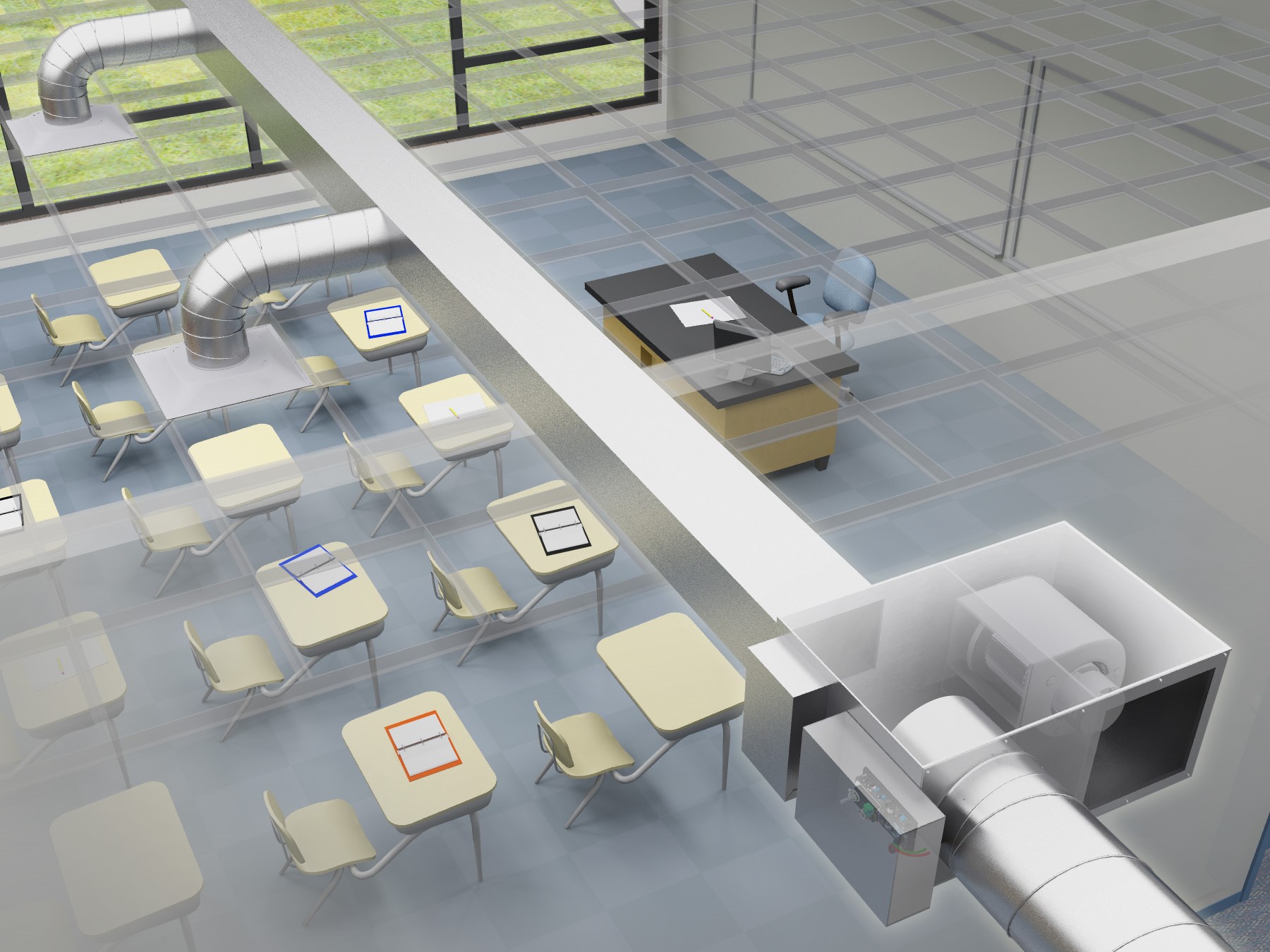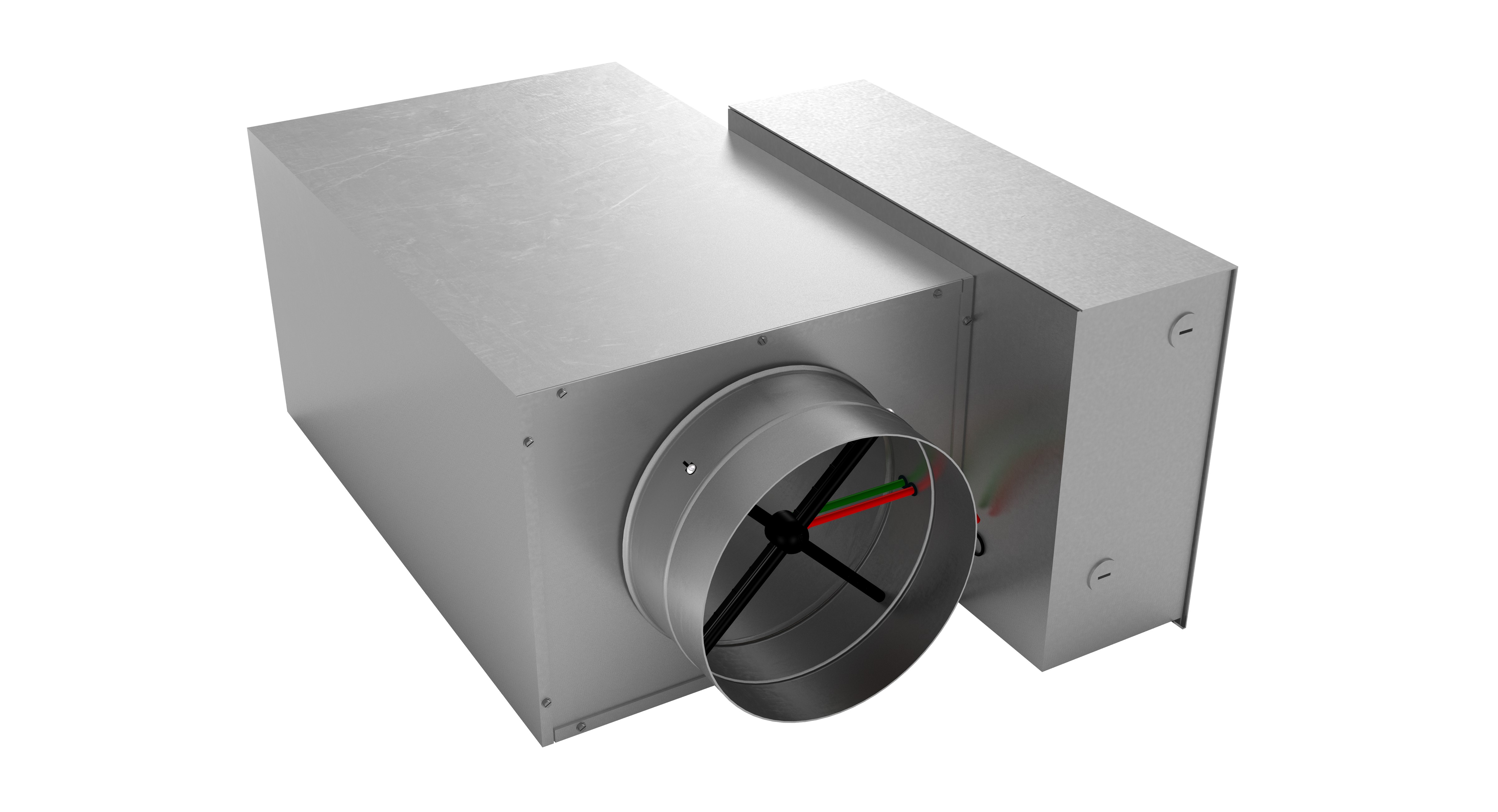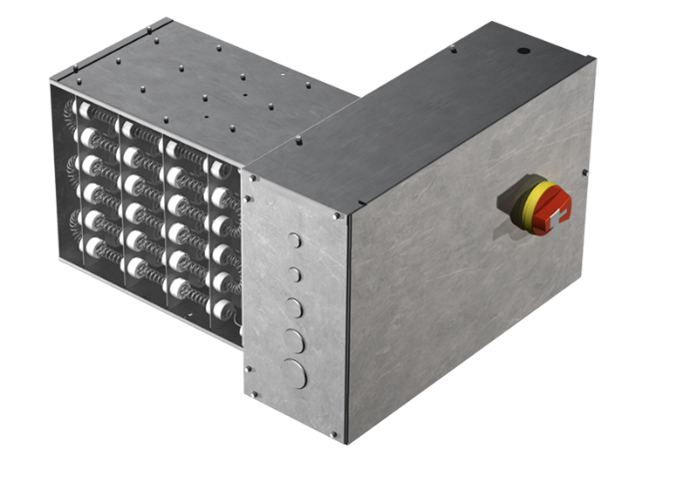A Legacy Elevated for Comfort and Efficiency
A single-duct system is an HVAC configuration that divides a commercial building into multiple zones, each with its own temperature control. This enhances occupant comfort, ensures the zones are provided with the correct volume of outdoor air for ventilation and allows the total building to operate efficiently.
Read More
Topics:
Terminals,
Controls,
HVAC Fundamentals,
HVAC,
Engineering,
Design Engineering,
Tech Tip
A Passion for Mentorship and Management
Price’s ever-growing team is made up of extraordinarily talented individuals from different backgrounds. We periodically profile a “person of Price” to give you a glimpse at the person behind all those emails or the voice at the end of the phone! This post: Chris Hildebrand.
Read More
Topics:
Terminals,
Fan Coils,
Employees,
HVAC,
People of Price
A Look at These Standards and How They Impact Terminal Unit Acoustics
Sound-power and sound-pressure levels are used to catalog acoustical performance for terminal units. The sound performance of a terminal unit is crucial when considering the comfort of occupants within a space. For example, some places have an open-ceiling design and are well suited to quiet units to minimize distracting noises.
Read More
Topics:
Acoustics,
Noise Criteria,
Terminals,
HVAC Fundamentals,
HVAC,
Engineering,
Design Engineering
Streamlining Your Workflow with the Price Engineer Toolkit
A variable air volume terminal unit, or VAV box, provides space-specific heating, ventilation or air-conditioning to individual zones within a larger indoor environment. The most common VAV box is a single-duct terminal unit, which regulates the volume of air that each space requires by adjusting a damper with an automated controller and actuator. VAV terminals often include additional components such as hydronic or electric heating coils and fans equipped with variable-speed motors.
Read More
Topics:
Terminals,
HVAC Fundamentals,
HVAC,
Engineering,
Design Engineering,
Training,
Tech Tip,
Software
Providing Supplemental Reheat to the Highest Standards of Safety
Electric coils are an HVAC accessory that in certain applications utilize electricity to reheat conditioned supply air for an occupied space. There are two types of electric coils provided on Price's terminals and fan coils: duct heaters and terminal unit heaters. Both achieve the same goal of providing supplemental reheat to the occupied space but differ in their construction and configuration.
Read More
Topics:
Terminals,
Fan Coils,
HVAC Fundamentals,
HVAC,
Engineering







